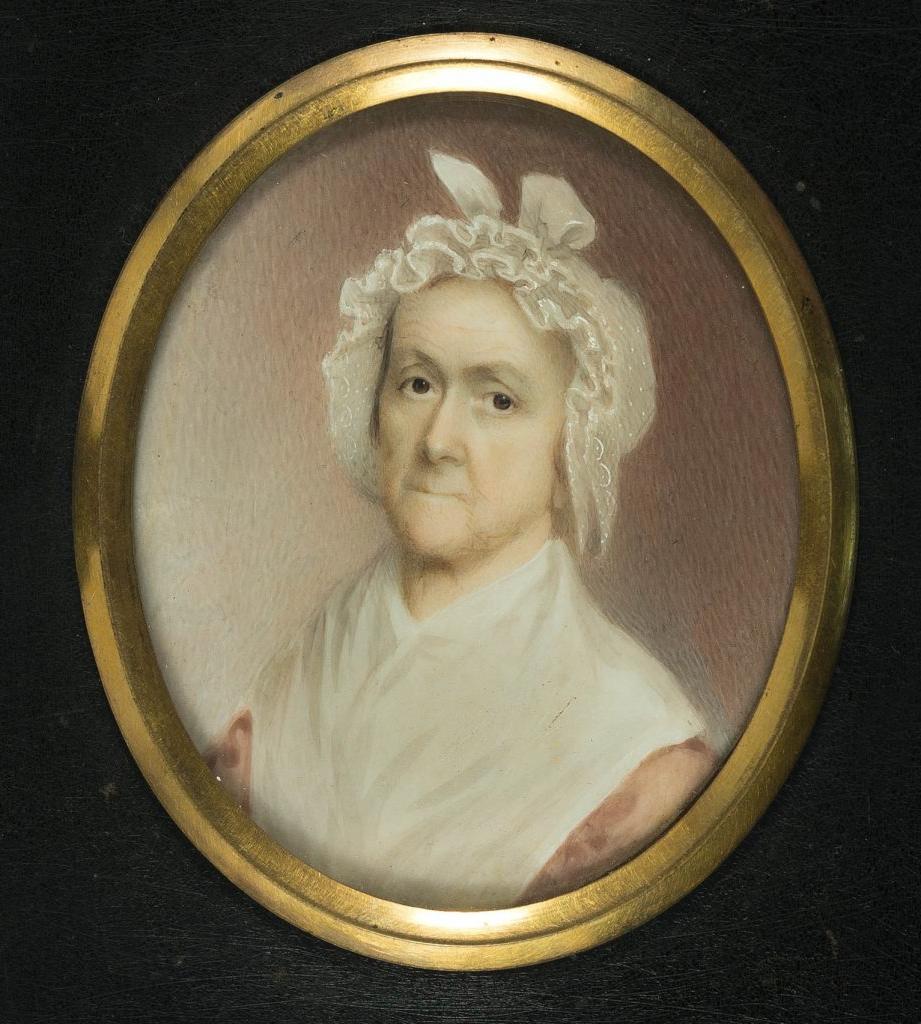By Heather Rockwood, Communications Manager
While searching the online collection and archives of the MHS for objects and stories to share on social media, I find myself going down rabbit holes when I find slight hints of an interesting story. Recently, this happened with a historical figure of note that I had never heard of, despite having done theater in my youth and being familiar with US history and art. That man was William Dunlap.
William Dunlap (1766–1839) is touted as the father of American theater; he was also influential in art, literature, and design. He is perhaps most famous for his play André, which depicted George Washington on stage for the first time after the United States became a nation. On opening night in 1798, the play caused a bit of a scandal. It tells the story of the British spy Major John André, who Washington executed during the American Revolution. One of the characters in the play is a soldier in the Continental Army. He becomes furious with Washington over the execution and tears the black cockade from the hat he was wearing and throws it to the ground. The audience erupted in fury at such desecration of a sacred Federalist symbol. They booed vociferously and then rioted after the play finished, forcing Dunlap to change the ending.

Charles Frances Adams wrote in his diary of two occasions when he saw the Dunlap play, The Stranger, in 1833 and 1837, although the note in 1837 reveals he had seen the play in 1825 and 1834 as well. Adams wrote this about the play, “This is a piece I never can see without feeling it. Indeed I am more touched by it than by any. If this is the test of a good piece it certainly is good, but I require rather more. I feel the inconsistencies in the character of the heroine, and the affectations of sentiment, it contains.”
Despite having lost an eye to an errantly thrown rock by a school friend as a boy, Dunlap was also a trained artist. He was mainly a portraitist, and the MHS holds a portrait he painted in New York City in 1811 or 1812 after his Park Theatre closed in 1805. The portrait is miniature watercolor of Elizabeth Oliver Lyde. When viewed up close, it shows great attention to the lines of her face, the shadowing and light on her cap and clothes, and the depth of emotion in her eyes.

Not only was Dunlap a playwright, but he also wrote History of American Theatre in 1832, the first history of its kind, andHistory of the Rise and Progress of the Arts of Design in the United States in 1834. He also served as the director of New York’s American Academy of Fine Arts in 1817, and then helped to found New York’s National Academy of Design in 1826.
After searching for collection items that are digitized, I was curious to see if the MHS held any of Dunlap’s plays. What I found was a cache of 57 items in book and microfilm form. MHS even has Dunlap’s published diary, Diary of William Dunlap (1766–1839): the memoirs of a dramatist, theatrical manager, painter, critic, novelist, and historian! These items can be seen by making an appointment with the MHS Library. You can learn how to make an appointment here.

